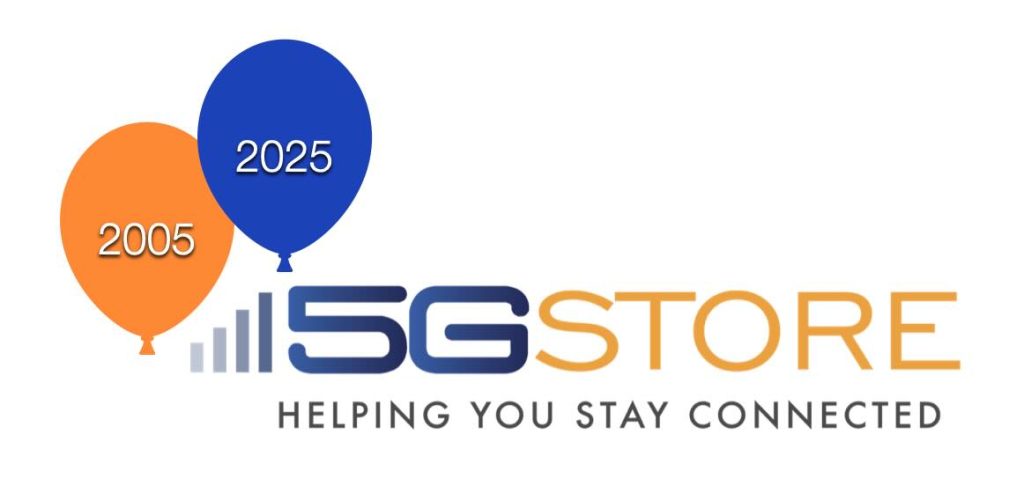When we reflect on the journey of 5Gstore.com, it’s incredible to see how far we’ve come and how much we’ve grown. What began as a simple idea has transformed over the last 20 years into a leading name in the world of 3G, 4G, 5G, and IoT products and services. As we celebrate this milestone, […]
Tag: 3G
The Evolution of Cellular Networks: From 1G to 5G and Beyond
The history of cellular networks is a fascinating journey of technological innovation and societal transformation. From the rudimentary first-generation systems to the sophisticated 5G networks, each generation has significantly impacted how we communicate, work, and live. Today, discussions about 5G Advanced and 6G services promise even greater advancements. 1G: The Birth of Cellular Communication The […]
Why is T-Mobile Shutting Down LTE and 3G Networks?
As of a few days ago (June 30th), Sprint’s LTE network was finally retired by its new owner, T-Mobile. Sprint’s 3G CDMA network was shut down earlier this year, so this is just the next part of their Network Evolution process. Along with this retirement comes the shut down of T-Mobile’s own 3G UMTS network […]
What is the Latest on the T-Mobile and Sprint Network Shutdowns?
Since the Sprint and T-Mobile merged in April 2020, T-Mobile has been hard at work to combine assets with Sprint to provide nationwide 5G service. As more coverage gets rolled out to major cities as well as small towns, older technology must be phased out. T-Mobile is providing time and assistance to all its customers […]
Did T-Mobile Delay the Sprint 3G Network Shut Down?
Good news for Sprint customers that are still relying on 3G services comes from T-Mobile today. The 3G shutdown was actually scheduled for today, but it has since been pushed back to May 31, 2022. This comes after a delay they set back in January, when they said they would extend it for “partners.” Only […]
How to Avoid the Impact of the AT&T 3G Sunset on Your Peplink, Sierra Wireless and Option CloudGate Devices
AT&T shuts down their 3G network today. Even if you are not using a 3G device, you may still be impacted. See what steps you can take to avoid downtime. AT&T’s 3G shutdown is upon us. Whether you’re ready or not, your devices may be affected and require updating to continue working. But what if […]
What Do I Need to Know About the 3G Shutdown?
As 5G becomes available in more areas, and on more frequencies, the 3G networks are getting closer to their shutdown dates. This could be a serious problem for some companies as some services still operate over the 3G frequencies. On February 22nd, AT&T is scheduled to be the first carrier to shut down its 3G […]
Will Your Car Be Affected by the 3G Shut Down?
In case you missed it, the 3G cellular network will be shut down by 2022. Here’s a brief overview from the FCC: AT&T announced that it will finish shutting down its 3G network by February 2022. Verizon announced that it will finish shutting down its 3G network by December 31, 2022. T-Mobile announced that it […]
T-Mobile To Notify Sprint Customers of 3G Sunset
Customers with Sprint 3G dependent devices will be receiving a letter from T-Mobile stating on January 1, 2022, Sprint’s older 3G (CDMA) network will be retired. If they are still using a device that is dependent on Sprint’s 3G network or that does not support VoLTE, they will need to upgrade to a more modern […]
Move Over 3G, Here Comes 5G!
Another reminder that 3G is going away! The time approaches as quickly as the holiday season! So when exactly is 3G going away? AT&T – shutdown is planned for February 2022. Verizon – shutdown is scheduled for no later than the end of next year. T-Mobile – all its 3G networks, including those obtained through […]


